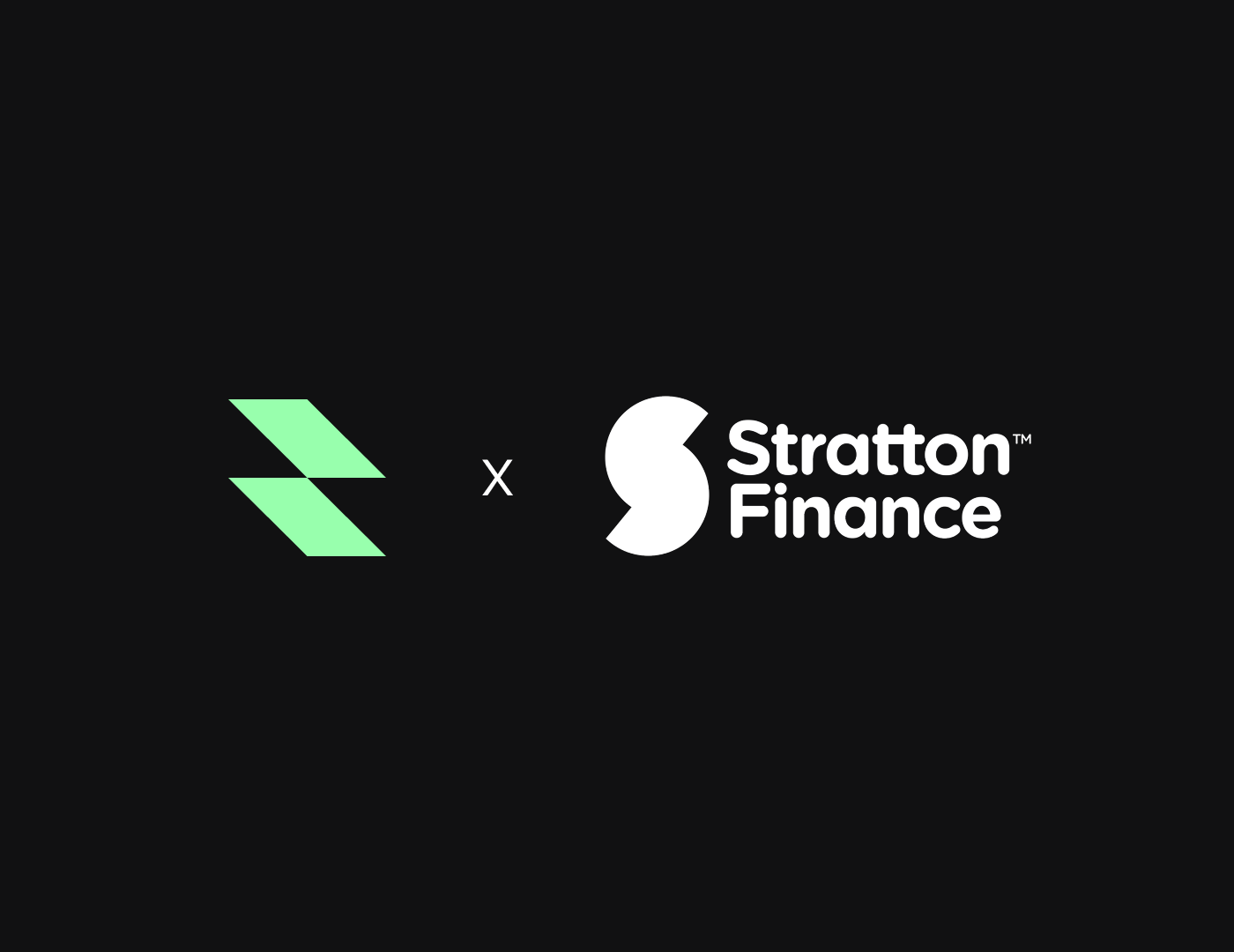Discover the Beauty and Artistry of All Back Weaving: A Timeless African Tradition
All Back Weaving, also known as cornrows or cane rows, is a timeless and beautiful hairstyle that has been an integral part of African culture for centuries. Known for its intricate patterns and artistic designs, All Back Weaving is more than just a method of styling hair; it is a symbol of cultural identity, heritage, and expression. Join us as we explore the history, techniques, and significance of All Back Weaving, celebrating its enduring legacy and influence in the world of fashion and beauty.
The Rich History of All Back Weaving
The origins of All Back Weaving can be traced back thousands of years to ancient Africa, where it was practiced by various ethnic groups as a form of cultural expression and social identity. Historical records and archaeological findings reveal that intricate braiding patterns were worn by both men and women in ancient African societies, often symbolizing social status, age, marital status, and tribal affiliation.
In West Africa, particularly among the Yoruba, Fulani, and Wolof people, All Back Weaving was used to signify social hierarchies and convey cultural pride. The hairstyle was also a practical choice for managing and protecting natural hair, especially in warm climates where maintaining hair health was essential.
The Art and Technique of All Back Weaving
All Back Weaving involves braiding the hair close to the scalp in straight rows that extend from the front to the back of the head. This technique requires skill and precision, as each braid must be uniform in size and tension to create a cohesive and polished look. Here’s a closer look at the artistry and technique behind this traditional hairstyle:
The Weaving Process
- Preparation: The hair is first detangled and moisturized to ensure it is manageable and easy to braid. This step is crucial for achieving clean and neat braids.
- Parting: The hair is sectioned into rows using a fine-toothed comb. The size and number of rows can vary depending on the desired style and thickness of the braids.
- Braiding: Starting at the hairline, small sections of hair are woven into tight, even braids that follow the natural curve of the scalp. The braider uses a technique that involves crossing strands of hair over and under each other, incorporating additional hair into each braid as it progresses.
- Finishing: Once the braids reach the nape of the neck, they can be left loose, secured with a small elastic band, or extended with additional hair for added length.
Creative Designs and Patterns
While the classic All Back style features straight rows, the technique allows for endless creativity and customization. Braiders often incorporate intricate patterns and designs, such as zigzags, swirls, and geometric shapes, to create unique and personalized looks. This versatility makes All Back Weaving a popular choice for special occasions, festivals, and everyday wear.
The Cultural Significance of All Back Weaving
All Back Weaving is deeply rooted in African culture and holds significant cultural and social meaning. It serves as a form of self-expression and a way to celebrate one’s heritage and identity. Throughout history, the hairstyle has been used to convey messages and tell stories, reflecting the wearer’s individuality and connection to their community.
In many African societies, braiding is also a communal activity, bringing people together to share stories, pass down traditions, and strengthen social bonds. This communal aspect of braiding underscores the importance of community and connection in African cultures.
All Back Weaving in the Modern World
Today, All Back Weaving continues to be a popular and influential hairstyle worldwide. Its versatility, beauty, and cultural significance have made it a favorite among people of all ages and backgrounds. From runways to red carpets, All Back Weaving has been embraced by the fashion and entertainment industries, celebrating African heritage and inspiring new generations to explore their roots.
Celebrating Diversity and Identity
As people increasingly embrace their natural hair and cultural heritage, All Back Weaving stands as a symbol of pride and empowerment. It celebrates diversity and encourages individuals to express their unique identity and style.
Conclusion
All Back Weaving is more than just a hairstyle; it is an art form that embodies the rich history, culture, and resilience of African people. Its timeless beauty and enduring legacy continue to inspire and connect people across the globe, reminding us of the power of tradition and creativity. Whether worn as a statement of cultural pride or as a stylish and practical choice, All Back Weaving remains a beloved and iconic part of the global tapestry of beauty and fashion.








Comments are closed.